Better Cross Wind Landings
The Crab and Side Slip or Low Wing Methods
Better Cross Wind Landings: The Crab and Side Slip or Low Wing Methods – Video Transcript
Hey everyone, Beth here and thanks for joining to learn something new today. The last video AeroGuard and I presented was on four tips to improve your landings. Now that you have those basics, let’s expand to crosswind landings. To me, nothing is more fun and rewarding than nailing that sporty crosswind landing many students are intimidated and struggle with crosswind landings. Well, the winds are part of flying and you need to understand how to land safely in crosswind conditions.
When expanding your personal minimums and learning to land in stronger cross winds, make sure you have an instructor or at least a more experienced pilot on board. Your aircraft’s POH is going to tell you the maximum demonstrated crosswind component for that aircraft. Use that as a guideline.
There are two ways to teach crosswind landings, the crab and the side slip, and the side slip’s also known as the low wing method. The crab is when you turn into the wind and your longitudinal axis is not aligned, and as you near the runway, you kick out that crab by using rudder to line up. This requires a bit of skill as to when to kick that crab out without side loading or losing control.
Side Slip / Low Wing Method
I use the side slip or low wing method when I do crosswind landings, and that’s what we teach here at AeroGuard. It’s a safer way of learning because you’re always aligned with the runway and the center line. Although, it can feel a little bit awkward at first because you are cross controlled, but it keeps your sight picture the same. So, when you turn to final and you notice you’re drifting off center line, now is when you need to establish a side slip and here’s how we do it.
First, you need to know the direction of the winds and you may have gotten that from your ATIS, the windsock, or even asking ATC for a wind check. Now that you know the direction of the wind, you know which direction to turn into the wind. So, there’s two parts to a side slip low wing method, and that’s controlling the drift and controlling alignment. Drift is controlled with aileron and alignment is controlled with rudder. Basically, use the ailerons to stop drifting and keep yourself over the runway then use your rudder to keep the nose aligned with the runway.
One benefit of using this method is it keeps your sight picture the same. The other benefit is it establishes the side slip early on, so you aren’t doing it last second when you round out and bring the power to idle. Your air speed begins decreasing and your flight controls become less effective just like when you’re practicing slow flight. As the airplane slows, you will need to increase the control inputs to maintain center line and as your aircraft continues to slow down, you will continue to increase the control input and you need to continue increasing it as you touch down, and this will allow your low wing main wheel to touch first, then your second main, followed by the nose.
Something I see students struggling with regularly is they let out the wind correction after they touch down. I challenge you to keep the wind correction in and not allow the wind to push you away from the center line. I think once you successfully land in a strong crosswind, you will really enjoy the challenge that it presents. I know I do! Good luck with those crosswinds, let me know how it goes, and as always, please like and subscribe and we’ll see you next time. Bye!

